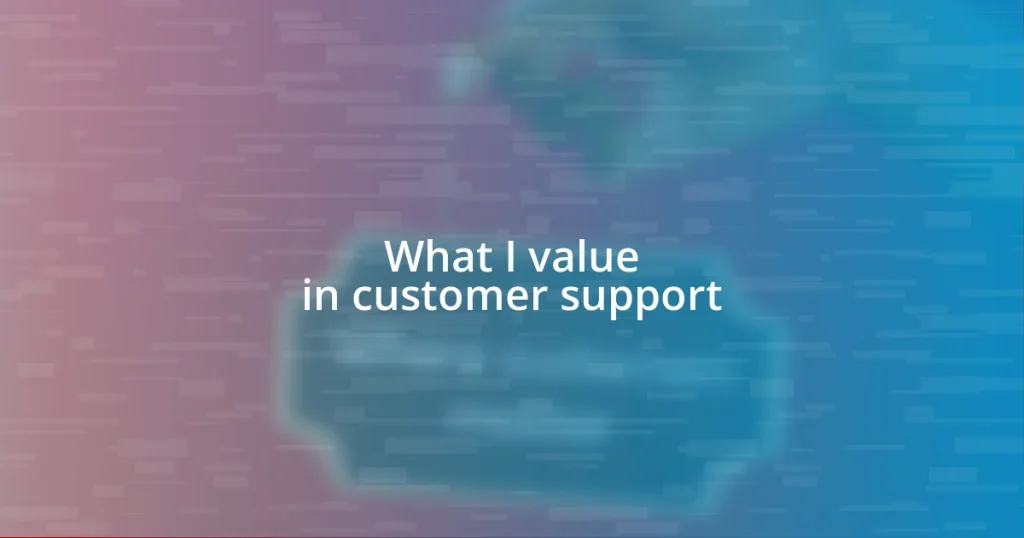Key takeaways:
- Content calendars provide structure and clarity, allowing for the creation of meaningful, audience-focused content rather than reactive posting.
- Choosing the right tools—such as Trello, Asana, and Google Sheets—enhances content management and helps track performance effectively.
- Best practices like planning ahead, theming months, and analyzing metrics empower content creators to adapt strategies and engage their audience more effectively.

Understanding content calendars
A content calendar serves as a roadmap for your marketing efforts, providing structure and clarity in what can sometimes feel like an overwhelming landscape of ideas and deadlines. I remember the first time I tried organizing my content without one—it was chaos! I was scrambling to post on social media while juggling blog ideas, and I often felt like I was driving without a map.
When I finally embraced the concept of a content calendar, everything changed. I still vividly recall that feeling of relief as I mapped out my ideas for the month ahead. It transformed my approach; instead of reacting to what was due each day, I could focus on creating meaningful content that resonated with my audience’s needs. Isn’t it remarkable how something as simple as a schedule can provide so much peace of mind?
Understanding the importance of this tool is essential; it’s not just about keeping track of dates. It’s an opportunity to align your content with your goals and seasonal trends, which can make your messaging more relevant and impactful. Have you ever thought about how aligning your content with your audience’s interests can enhance engagement? When I realized that anticipating my audience’s needs through a well-structured calendar made my content more deliberate and cohesive, it changed the game entirely.

Tools for managing content calendars
When it comes to managing content calendars, choosing the right tools can make all the difference. Personally, I’ve experimented with various platforms like Trello and Asana. Trello’s visual boards helped me see my content at a glance, which was particularly helpful during busy months. Conversely, Asana’s task-oriented structure allowed for more detailed project management, keeping me on track with deadlines and responsibilities.
Another option I’ve found increasingly valuable is Google Sheets. The flexibility it offers for customization is impressive. I remember mapping out an entire quarter’s worth of blog posts and social media updates in one spreadsheet, which was especially useful for tracking progress and making quick adjustments. It felt like a master dashboard where I could see everything laid out neatly, and any changes could be made instantly without having to reorganize an entire project.
Lastly, I can’t overlook the power of dedicated content calendar tools like CoSchedule or Airtable. These platforms have features specifically designed for content planning and analysis, making it easier to track performance over time. I recall using CoSchedule for my last campaign and being blown away by its analytics. Being able to see which types of posts performed best helped me refine my strategy for future content.
| Tool | Features |
|---|---|
| Trello | Visual boards, checklist integration |
| Asana | Task-oriented management, deadline tracking |
| Google Sheets | Customizable, easy updates |
| CoSchedule | Performance analytics, scheduling |
| Airtable | Flexible database structure, collaboration features |

Best practices for content calendar
I’ve found that establishing a consistent posting schedule is crucial for any effective content calendar. This practice fosters a rhythm that not only benefits your workflow but also builds anticipation among your audience. I recall when I started uploading content every Thursday; my followers began to look forward to it, creating a sense of community. There’s something undeniably rewarding about knowing your audience is waiting for your next piece.
To ensure your content calendar is both effective and manageable, consider these best practices:
- Plan Ahead: Map out content at least a month in advance to allow for flexibility.
- Theme Your Months: Incorporate themes related to your industry or seasonal events. This keeps your content fresh and focused.
- Review and Adjust: Regularly assess performance and adapt your strategy based on what resonates with your audience.
- Collaborate: Encourage input from team members to diversify ideas and perspectives.
- Stay Organized: Use color coding or tagging systems to categorize different types of content easily.
When I implemented these practices, it felt like developing a better relationship with my content. I could track progress, celebrate wins, and address challenges more effectively. There’s a profound sense of empowerment that comes from having control over your content landscape.

Adjusting your content calendar
Adjusting your content calendar is an essential part of staying relevant and effective in your content strategy. I remember a time when I had to pivot my entire calendar due to an unexpected industry trend. It was a wild ride, but the key was to remain flexible and open to change. Have you ever felt that rush when altering your plans to seize new opportunities? It can be invigorating!
Sometimes, the need for adjustments becomes clear through metrics. After launching a campaign, I noticed certain topics resonated more with my audience than others. I learned to be attentive to these signals, allowing me to tweak upcoming posts to align with what my readers truly crave. Isn’t it fascinating how data can guide creative decisions?
Moreover, I’ve realized the importance of constant communication with my team when making adjustments. When we had to reschedule some posts, sharing perspectives enriched the discussion, leading to even more creative ideas than we initially had. How have your team discussions influenced your calendar? Embracing collaboration not only eases the burden of change but often enhances the content itself.

Analyzing content calendar effectiveness
Analyzing the effectiveness of a content calendar allows us to refine our strategies continuously. I remember a period when I meticulously tracked engagement metrics for each post. The patterns that emerged were both enlightening and surprising; I didn’t expect certain topics to ignite conversations while others barely registered. Have you ever noticed how some creations just click with your audience in unexpected ways? These insights can reshape your entire content direction.
When I look back on my own experiences, the importance of setting measurable goals becomes apparent. Initially, I approached my calendar without clear objectives, which felt more like guesswork. Once I began aligning specific performance indicators—like shares, comments, and read rates—the clarity and focus brought my content to life. It transformed my approach from shooting in the dark to confidently navigating a detailed roadmap. Isn’t it incredible how having those benchmarks empowers you to create content with intention?
Regularly reviewing the data isn’t just a task on my to-do list; it’s a moment of introspection. I really appreciate those sessions when I sit down with my analytics to assess what’s working. It’s almost like looking into a mirror, reflecting back my audience’s preferences. I remember feeling a wave of relief when I realized that not only does analyzing help me steer my content, but it also cultivates a deeper relationship with my audience. How often do we take the time to listen to our readers? The beauty lies in understanding their voices through the numbers.














